Whether you knew the name or not, if you’ve ever been to Grand Central or Penn Station, you are familiar with a Solari departure board. Since the 1950’s Solari boards have been installed in airports and train stations worldwide. Although most people refer to the original flap style boards as Solaris, the company also produces more modern LCD and LED display boards, such as the one that is now in Grand Central. On Monday I showed some photos from Union Station in New Haven, the last Metro-North location to have one of the Solari flap-style displays. Most unfortunately, that sign is going to be replaced. In honor of that board, and of Solari’s functional yet elegant contribution to rail and public transport, I thought I’d feature the history of the company this Friday.

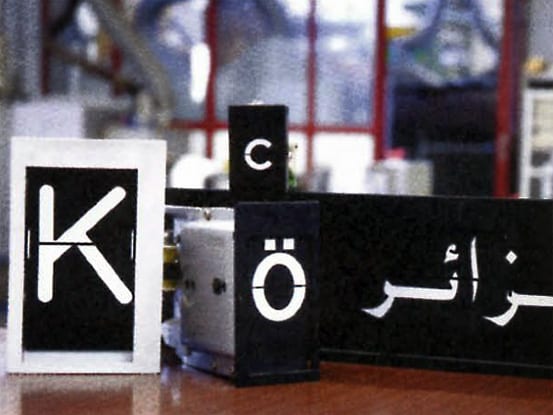

Solari split-flap clocks. Silkscreened flaps. Massimo Paniccia, president of the Solari company.
Solari is based in Italy, and has roots back to the 1700’s, where they produced timepieces and later on, clocks for bell towers. The current incarnation of the name is from brothers Remigio and Fermo Solari, who broke from the original family business and established their own business also under the name Solari. Remigio was a self-taught engineer, and it was he who invented the iconic flap display which many are familiar with. The idea was used in both large and small scale: from large departure displays used by railroads and airports, to small clocks for the home.
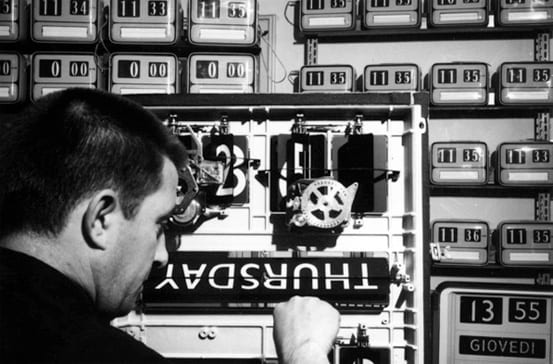
Flap-style displays
The flap display was introduced in 1956, and was installed in airports and rail stations across the world. The design used various metal (and later, plastic) flaps with silkscreened information, all which were mounted on a wheel. Each wheel could hold up to 40 flaps. When the information on the board had to change, the wheel was rotated until the proper flap was displayed. With each flip, the board made a particular clack, which is so memorable to passengers that when Boston replaced their Solari flap display with an LED display in 2004, they kept the noise. It plays over a loudspeaker to alert passengers that the information has changed (Though I’ve heard from a commenter that it doesn’t do a very good job at imitating it).
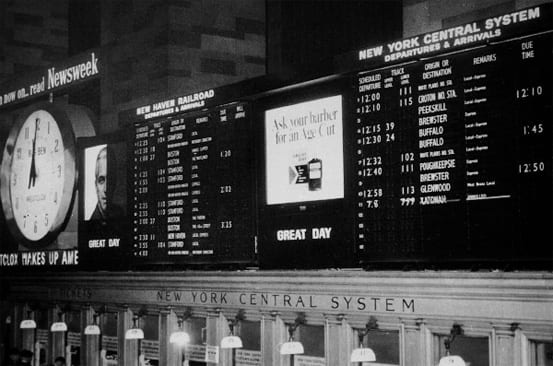 Solari flap-style board in Grand Central
Solari flap-style board in Grand Central
As a young girl I remember my first train ride on Amtrak: I was travelling with my grandmother from Penn Station to Jacksonville, Florida. I remember seeing that flap display in Penn Station, and being mesmerized. Today, that flap display is gone: it was replaced in 2000. Long Island Rail Road’s flap display, also in Penn Station, was replaced in 2003. During the New York Central days, Grand Central also had a Solari display, perhaps one of the most famous. I’ve tried digging up information about that board, but I had some difficulty. From what I can gather, that Solari display was later replaced by another split-flap display, though not made by Solari. This other board, called the Omega Board, was used by Metro-North until it was replaced during the station renovations in 1998. The current departure board in Grand Central was made by the Solari company, though it is one of the more modern LED-style boards.
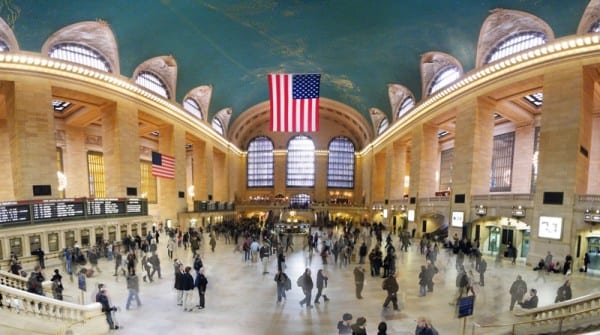
Grand Central today, Solari LCD departure board visible on the left
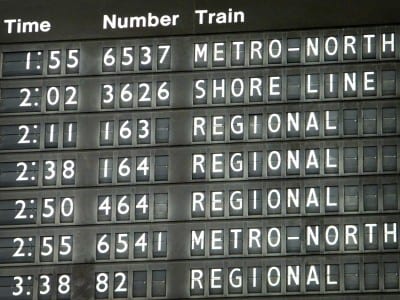
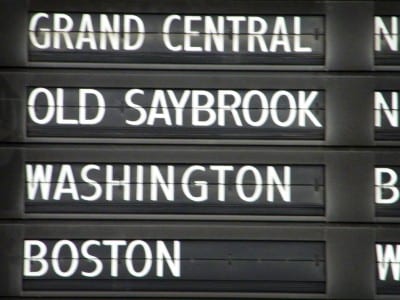

The Solari display in New Haven’s Union Station, which will be removed shortly.


As a kid, I used to love being someplace like Boston’s old South Station and seeing the board flip. Thanks for the background!
In reading your story I could hear the sound of the flap boards changing. I traveled extensively by train about thirty years ago and that sound is ingrained in my brain. It’s iconic and brings back memories of the arched iron work, sculpted brick work, worn stairs and the scent of trains. Ahhh! Travel!
Philly’s 30th St. Station still has the flaps. Wouldn’t be the same without them.
Hi !
I’m doing a design project on the solari flap board, and your article had really helped me, thanks !
I was just wondering if that someone knows what was used before the solari boards ? How do they display information ?
Thanks
I think some lower-tech solutions were used, like chalkboards that had to be changed manually. There is an example of such here, which is still on display in Grand Central Terminal.
I noticed your post whilst researching Solari boards. I’ve recently made one that works on the web for a slightly retro style airport departure board themed website. I thought you might like to see a ‘modern’ Solari board in action! This is a fully dynamic flap board and not an animation as such. Oddly enough, it took a fair bit of research into ‘real’ Solari boards and their mechanisms and this online one actual works in much the same way as the physical ones.
http://www.charlyinc.com/
Love your blog, BTW.